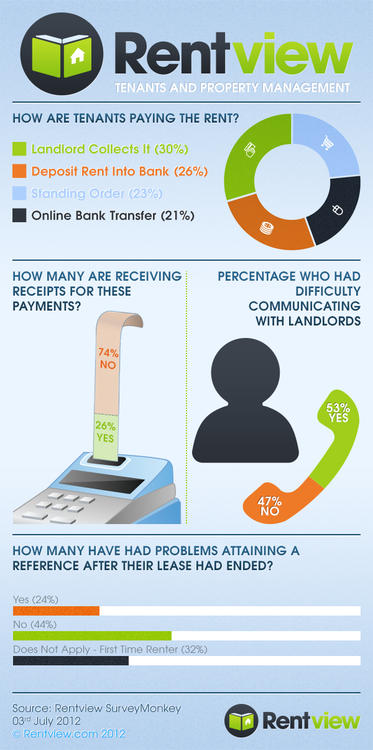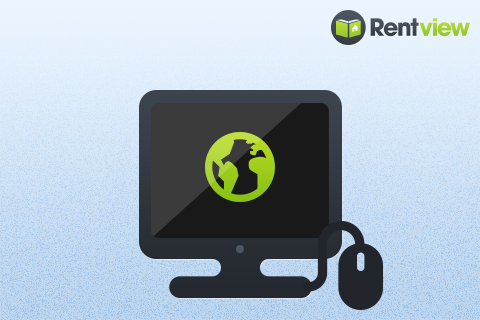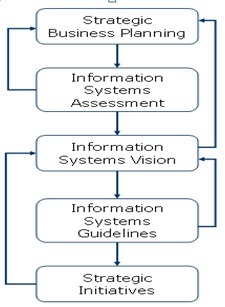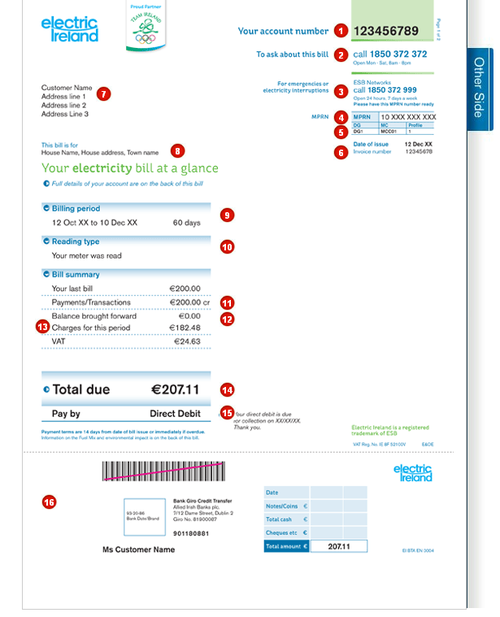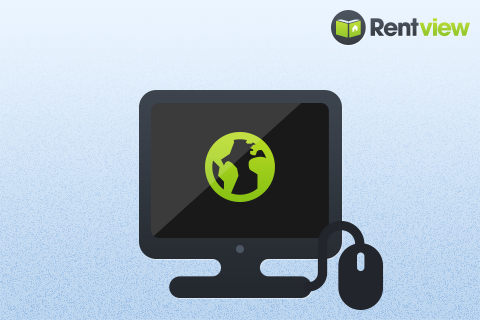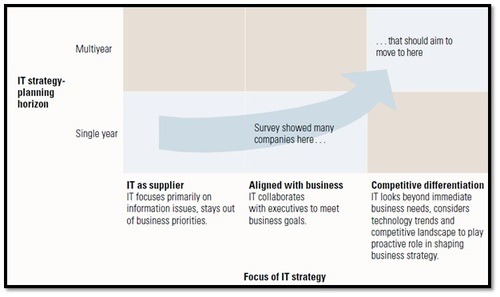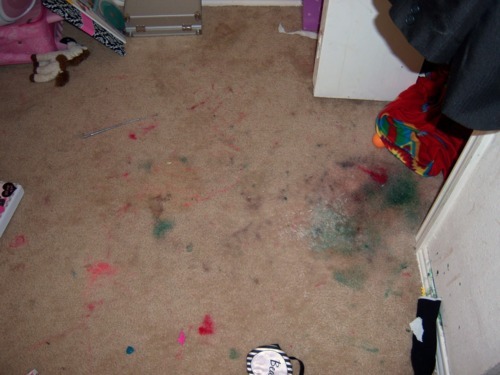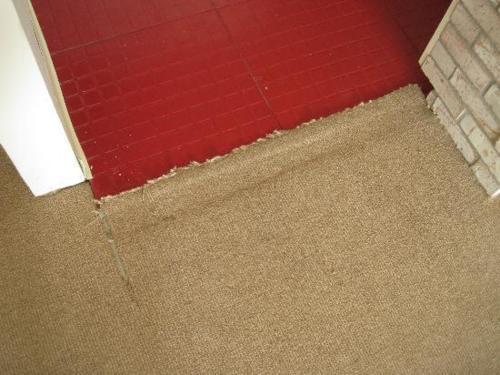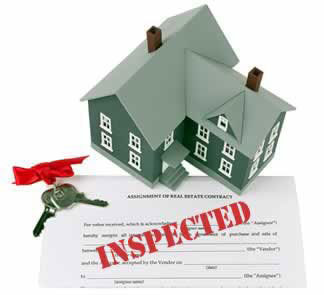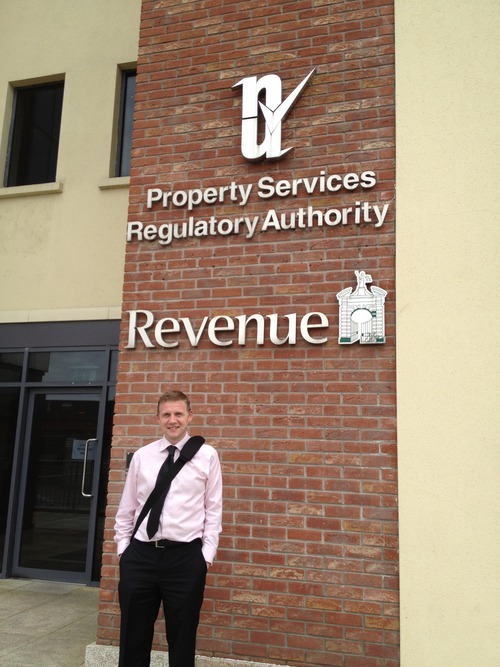
Myself (Andreas) and co founder Colin met with the Chief Executive Officer of the PSRA Tom Lynch yesterday. We wanted to discuss the new Property Services Regulation Act and how Rentview can assist agencies run in line with the new laws.
The two main areas of note for a letting and managing agent in the Property Services (Regulation) Act 2011 are Clients accounting and the letter of engagement between landlord and agent. Rentview will allow an agency automate this through the Rentview platform ensuring an agency is complying with the law and keeping within best industry practices.
The Authority is there to regulate the agencies and to ensure the services being offered by the industry is being delivered to the landlord. Without a signed letter of engagement in place between landlord and agent within the first 7 days of engagement of services an agency can not continue to offer a service to the landlord. This is something that the PSRA had in the code of practice which agents previously choose if they signed up to and followed or not. The code of practice will now become the law when an agency is licensed.
So whilst agencies across the country are awaiting for their license it should not be too long now before the Authority starts issuing them. Its a huge task for the Authority and where previously there was a number of Revenue offices that issued the licenses its now done from one. With the new licensing procedure the PSRA office will process nearly 6,000 license requests compared to approx 1800 last year.
Once all the applications have been processed and the agencies have received their licenses the authority will then regulate the industry. For an agency to operate and not comply to the act and all of its laws they will be shut down.
Having worked within the industry I know that this regulation will greatly improve the services being offered by agents to landlords. The Licensing should also remove unprofessional agents and if not now then some time in the very near future.
As always we would love to hear any questions you may have or have your opinions on this blog. Please feel free to Tweet, Share, Like and everything else that makes us social 😉
by Andreas Riha
